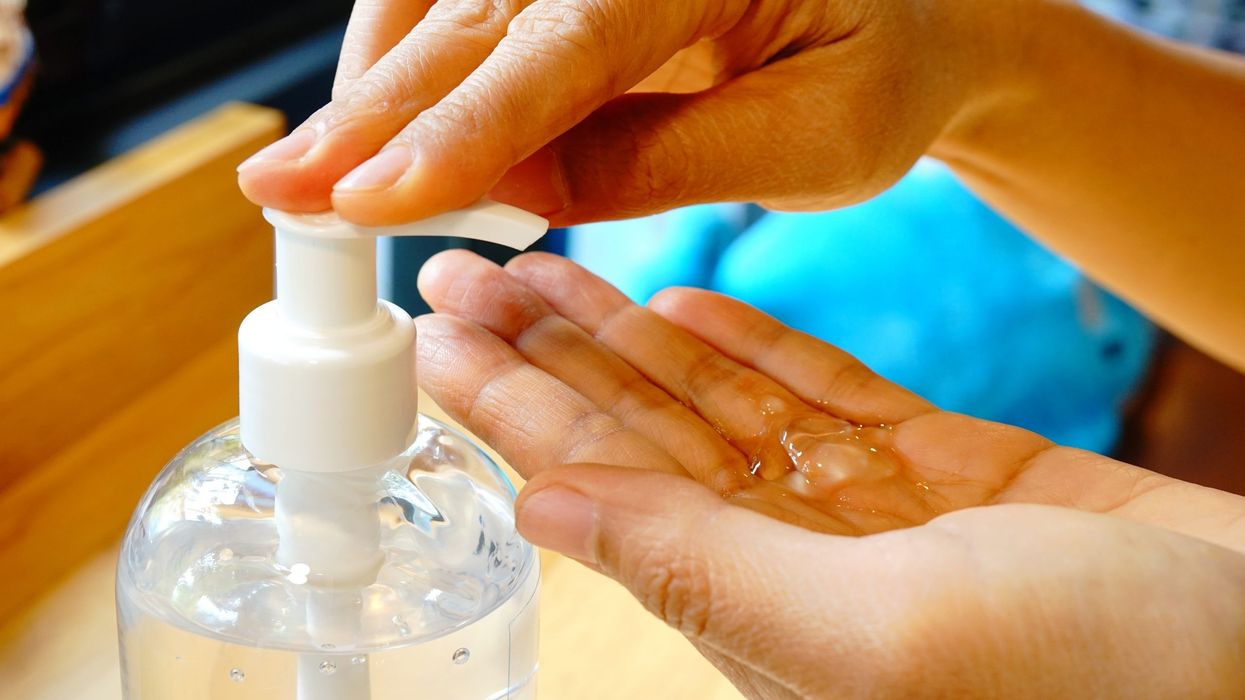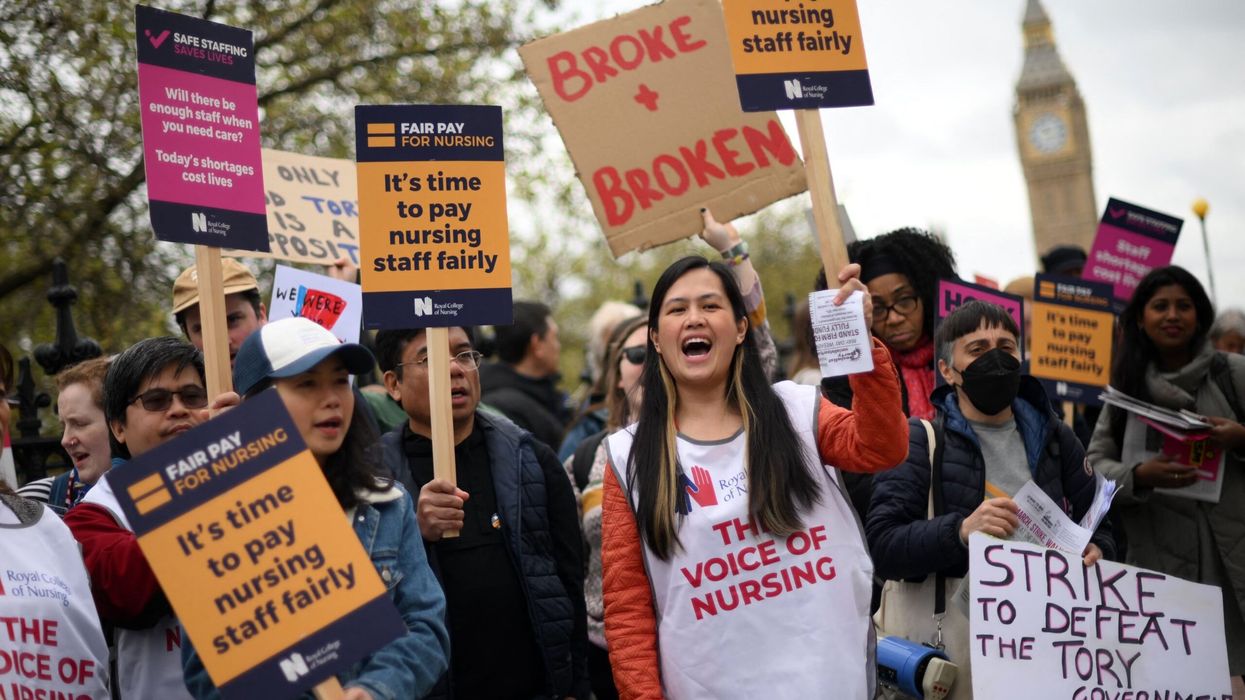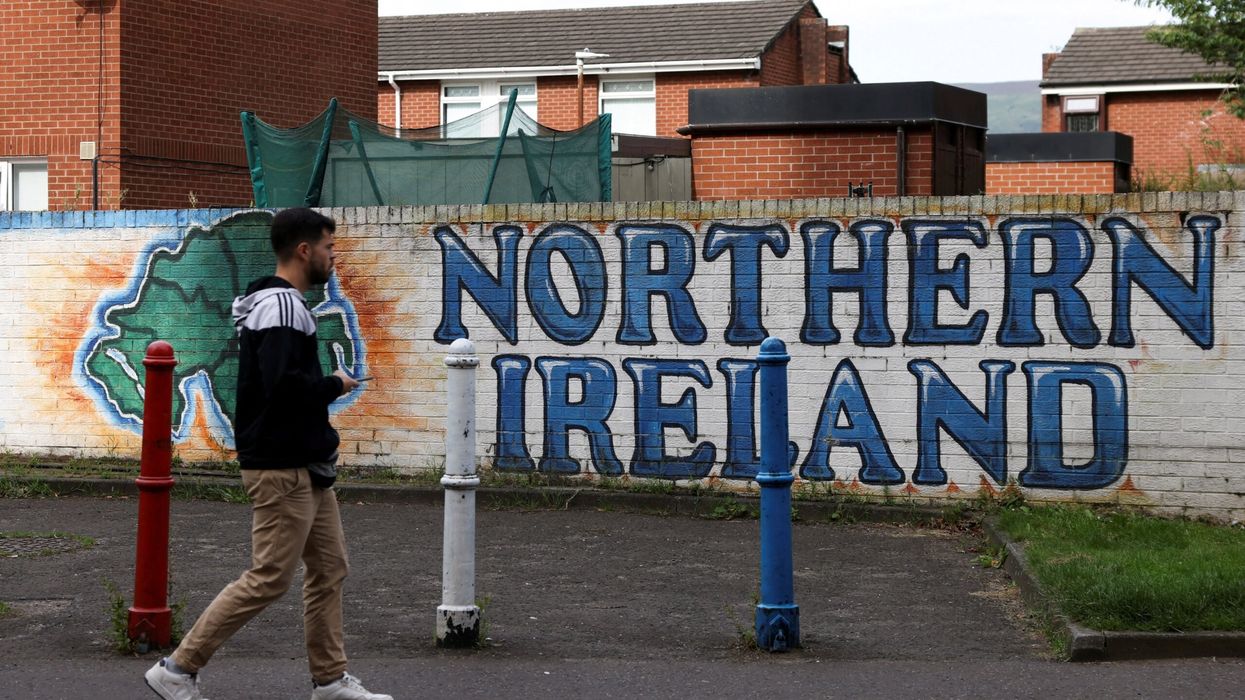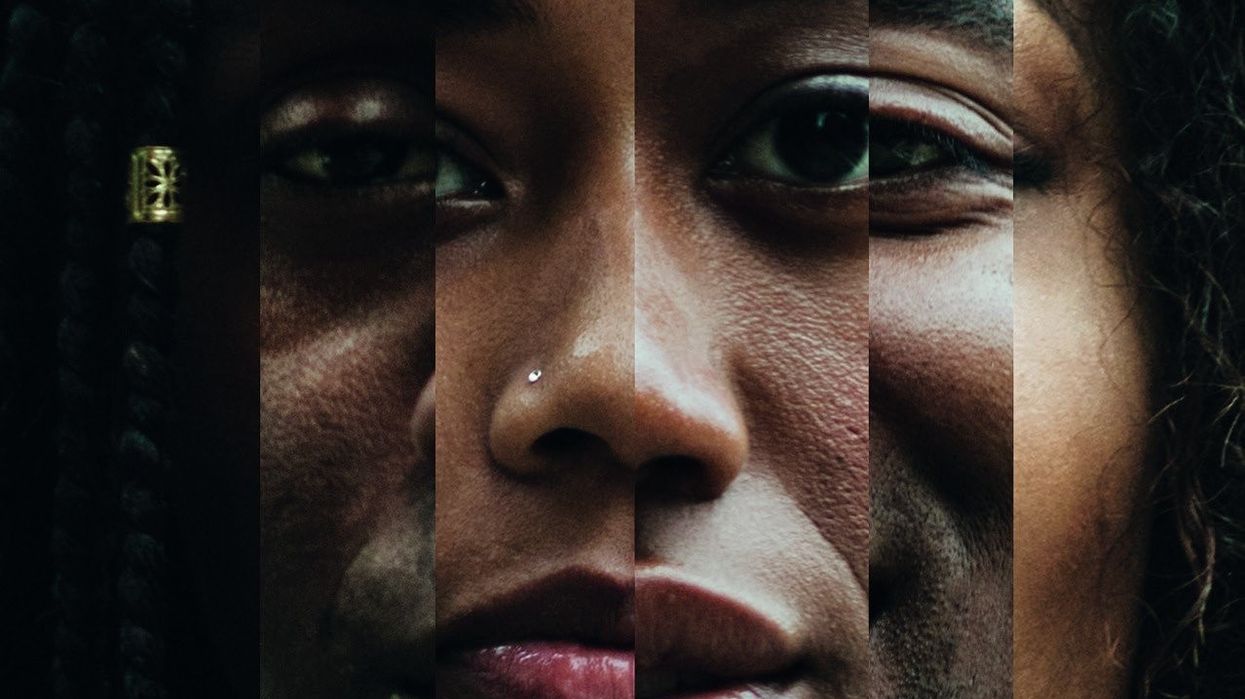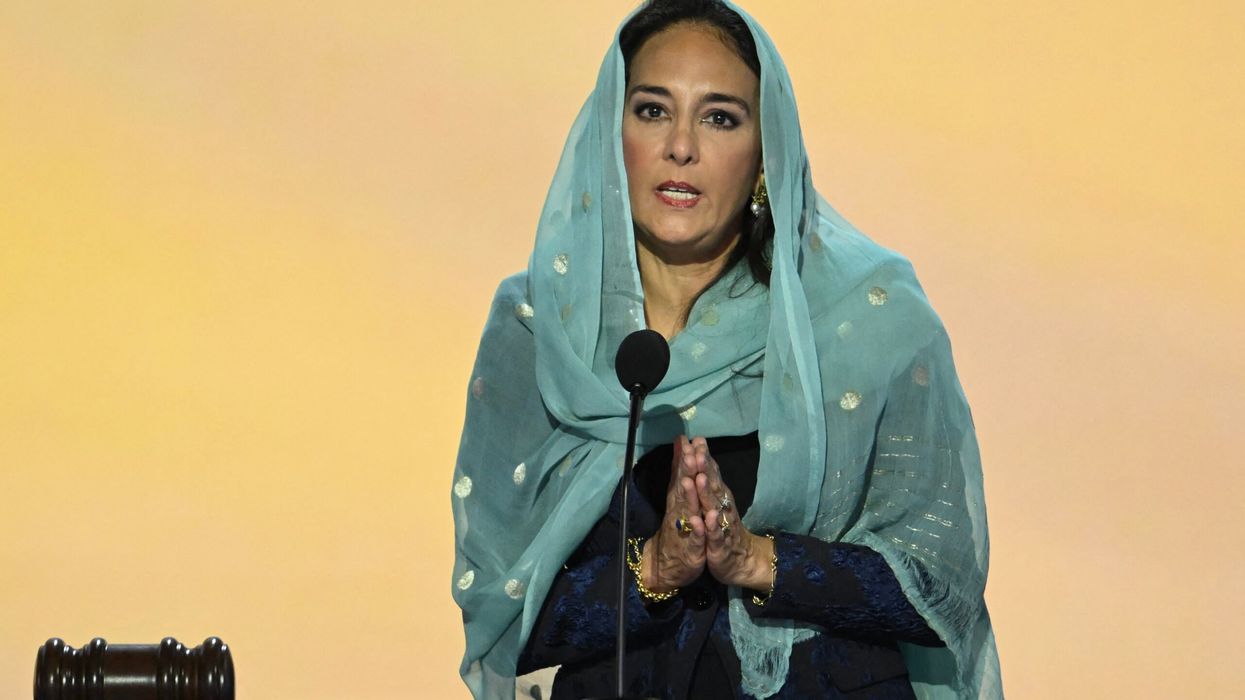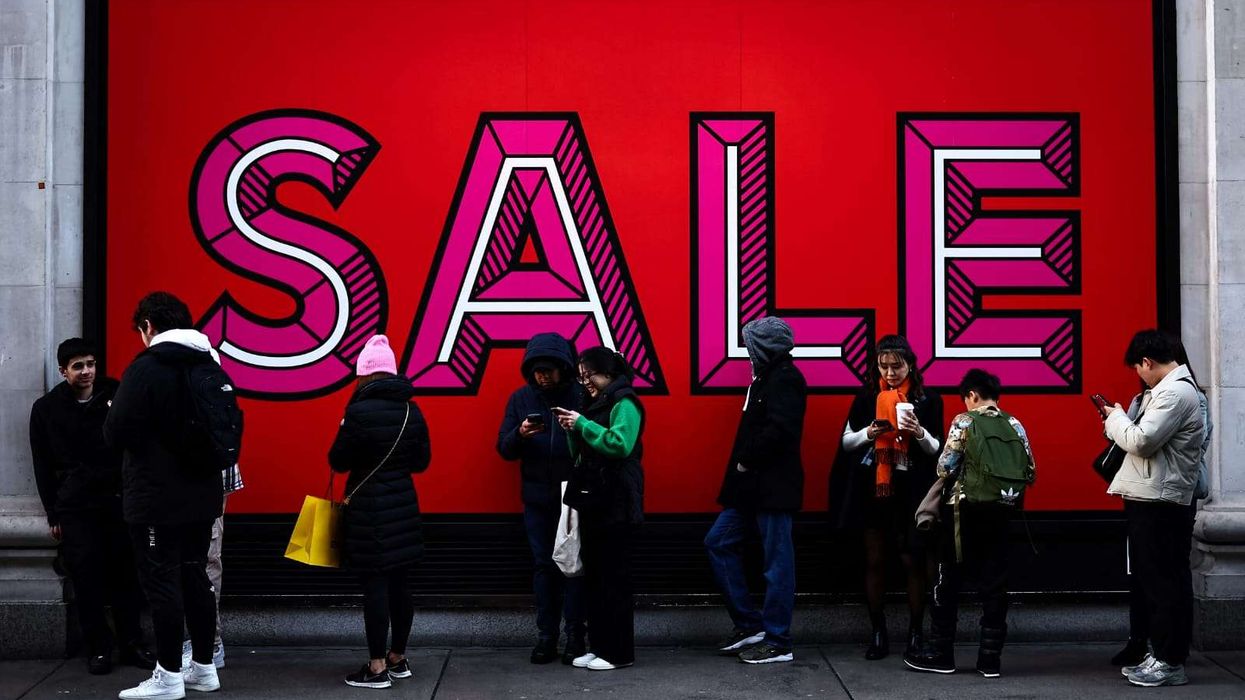After becoming an everyday essential during the Covid-19 pandemic, several sanitizer brands have been recalled in the US when it was discovered that they contain a cancer-causing chemical called benzene, a carcinogen at the very top of the Government's most dangerous solvent list.
Subsequently, thousands of sprays and gels made in America, China, and South Korea have been recalled since 2021 and September this year, as they may contain the deadly chemical.
This comes after more than a million bottles of dry shampoo were recalled last month over the same fears.
The study was carried out by Connecticut-based testing company Valisure.
David Light, the founder, and CEO of Valisure, told Health, "We recently added benzene to our list of compounds that we test for and soon started detecting it in hand sanitizers," Light explains. "As it quickly became clear this was a problem broadly affecting the overall hand sanitizer market in the US, we decided to conduct a market sweep and then file a Citizen Petition with the Food and Drug Administration (FDA)."
According to Valisure's appeal, they "tested and detected high levels of benzene and other contaminants in specific batches of hand sanitizer products containing active pharmaceutical ingredients of ethanol and isopropanol."
“Very surprised” by the findings, Light is quoted as saying, "As a scientist, consumer, and father of five children who all use hand sanitizers, I was shocked to see benzene present in so many products at all, let alone at many times above the FDA's interim limit during the COVID-19 public health emergency."
In total 21 brands of hand sanitizer have reportedly been recalled or had import bans put in place. These products include those made by The Creme Shop and Ulta Beauty, and lesser-known sanitizers sold online, in TJ Maxx, and Marshalls.
Specific batches of products were recalled and banned in the US. However, many of these products reportedly ended up back on the shelves after the issue of contamination was addressed.
Additionally, many of the hand sanitizers were found to contain more than the interim legal limit of two parts per million (ppm) of benzene which was allowed during the pandemic to help speed up production in 2020, the Daily Mail explains.
According to experts, benzene is known to cause leukemia and other blood disorders. When rubbed onto the hands, even in small doses, benzene can seep through the skin and into the bloodstream where it can prevent cells from working correctly.
Some sanitizers targeted children as well, with packaging including Spiderman, Star Wars' character Yoda, and Disney figures.
"It's shocking and frustrating to be detecting any levels of benzene in such a broadly used consumer product," Light states.
"Benzene's toxicity in humans has been well known in the scientific community for over 120 years. It is arguably one of the most, if not most, known chemicals that can cause cancer in humans even at trace levels," he said.
Benzene may mistakably end up in hand sanitizers during the manufacturing process when the gels are treated to remove impurities.
Purification is done with the help of a chemical made with benzene, which can sometimes still contain trace amounts of the cancer-causing chemical.
According to the FDA benzene should not be used when making hand sanitizers, and those products found to contain the chemical are now being recalled. A detailed list of these products is available on the agency's website.
Also, some foreign-made products have been completely banned, after failing to comply with the FDA’s request for a recall.
Among the products that have been recalled is Scent Free hand sanitizer by Artnaturals, and three brands from Scentsational Soaps and Candles.
Last year, Artnaturals faced the biggest recall to date when 34 different brands had to be returned due to fears of benzene contamination.
Three lots of Ulta Beauty’s fresh lemon-scented spray hand sanitizer have also been recalled. Ulta is run by Scentsational Soaps and Candles.
A sanitizing hand spray from Salon Technologies International made in Florida was the most recent recall that came in September this year.
The FDA carries out testing to make sure that products do not contain benzene. The agency states that manufacturers are required to check that their products do not contain this dangerous chemical.
Benzene is usually found in crude oil, as well as in plastics and resins. It is also found in some dyes and pesticides.
In 2021 Valisure found nearly one in five hand sanitizers may contain benzene. The independent lab tested 260 bottles of hand sanitizer from 168 brands for the cancer-causing chemical that were bought in pharmacies across the US.
A total of 21 were found to contain more than the previous limit of two parts per million of benzene.
Experts warn that inhaling or absorbing benzene over a long period of time can have devastating health effects. Additionally, the Centers for Disease Control and Prevention (CDC) informs that long-term exposure has been linked to severe blood damage and blood cancers like leukemia and non-Hodgkin lymphoma. Benzene exposure has also been linked to anemia.
Benzene is widely used in manufacturing in the US and can also be found in motor vehicle exhaust, tobacco smoke, and industrial emissions. It is also used in the creation of nylon, plastic, rubbers, glue products, and paint.
